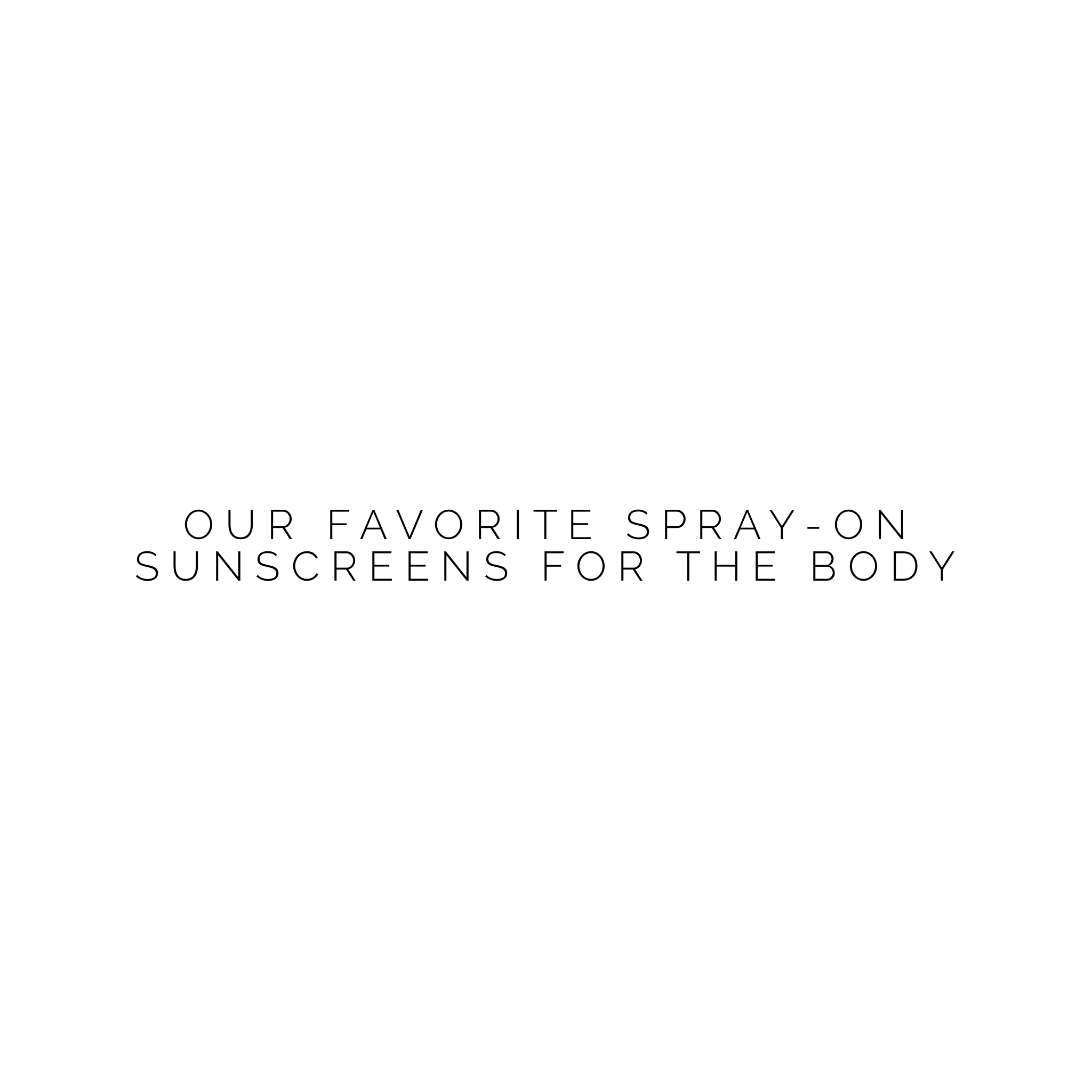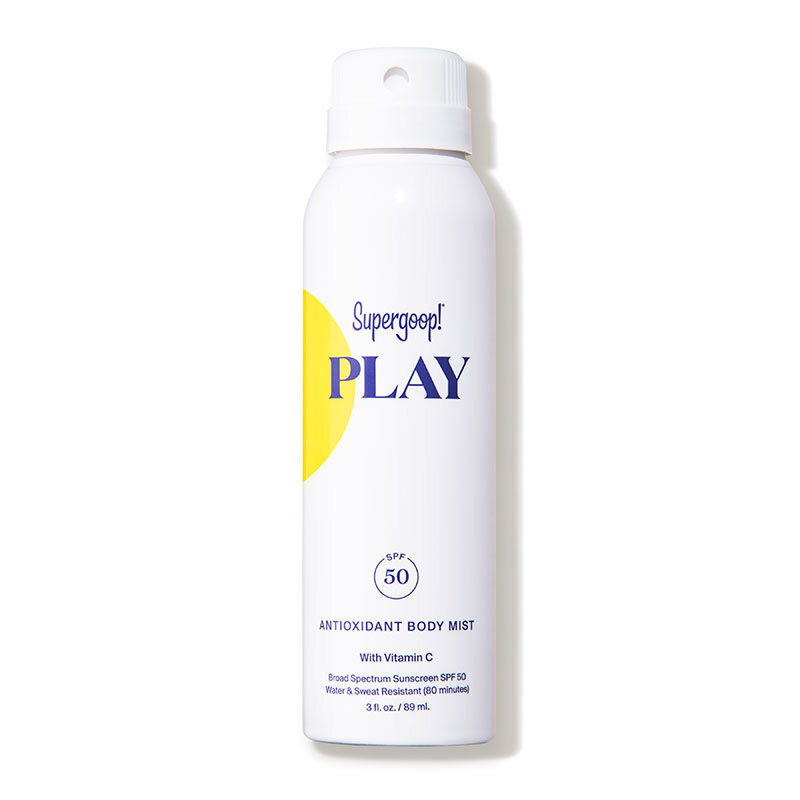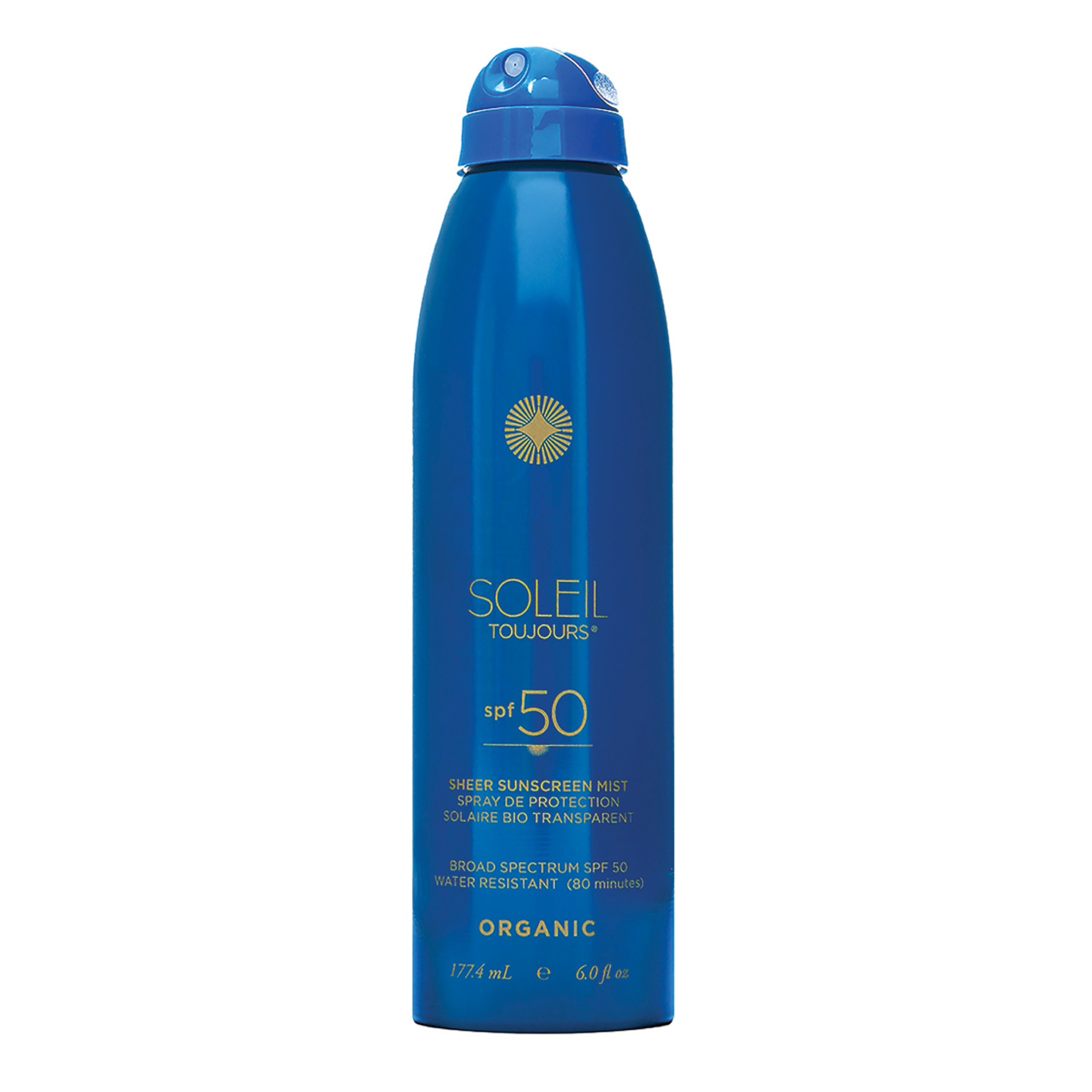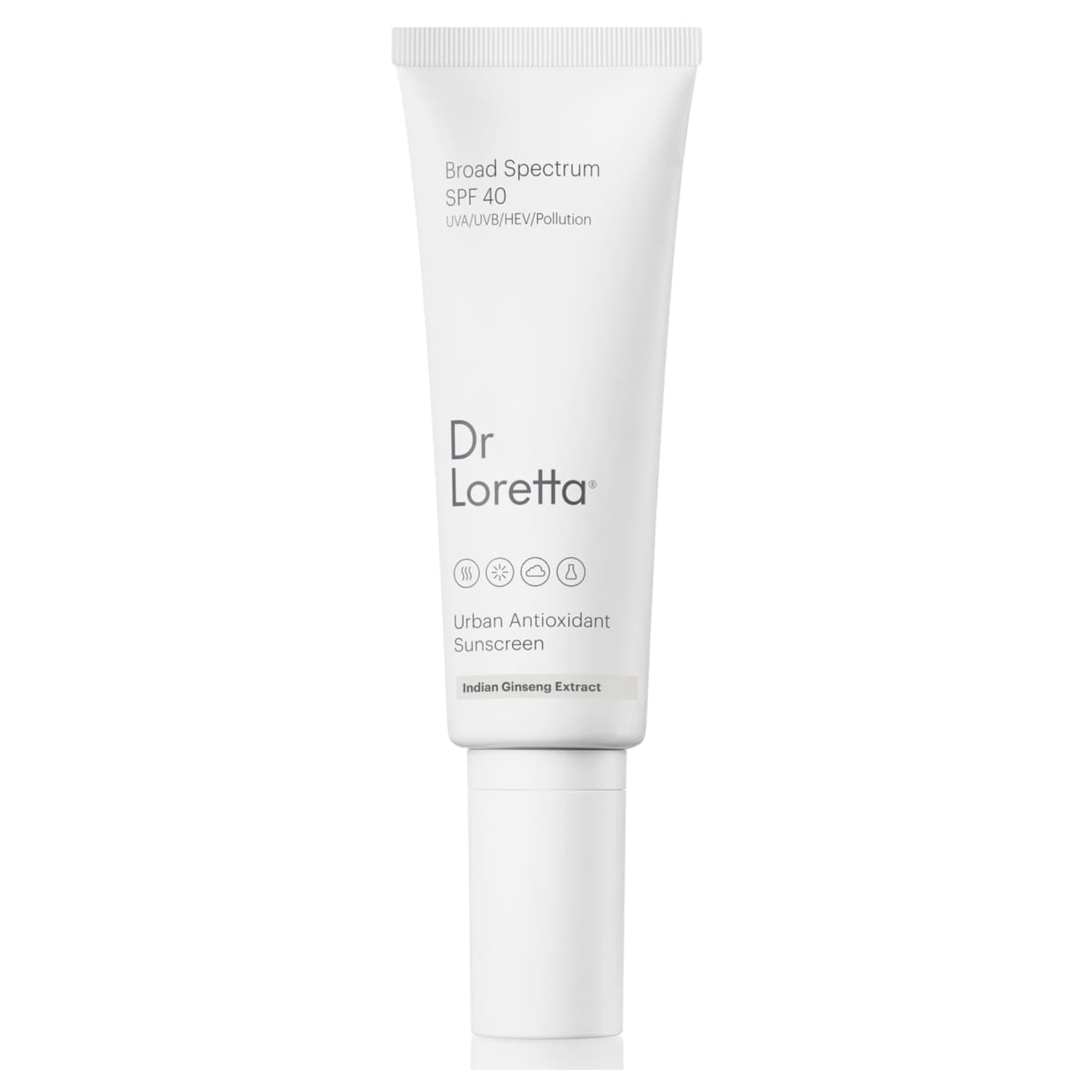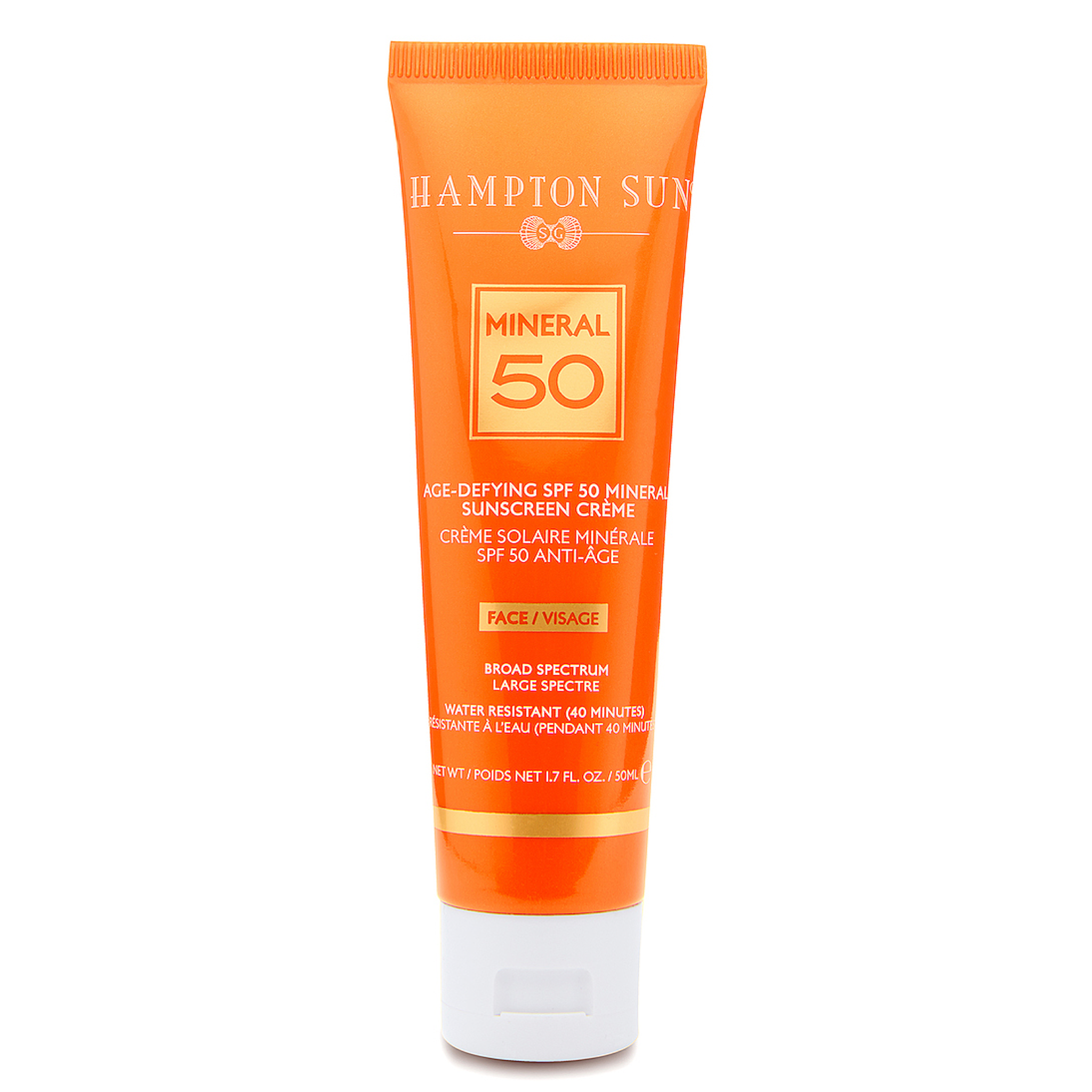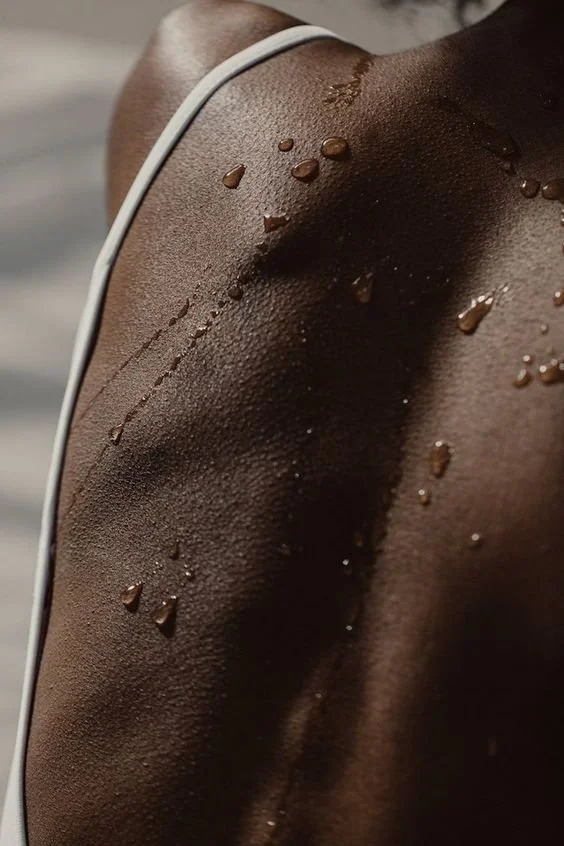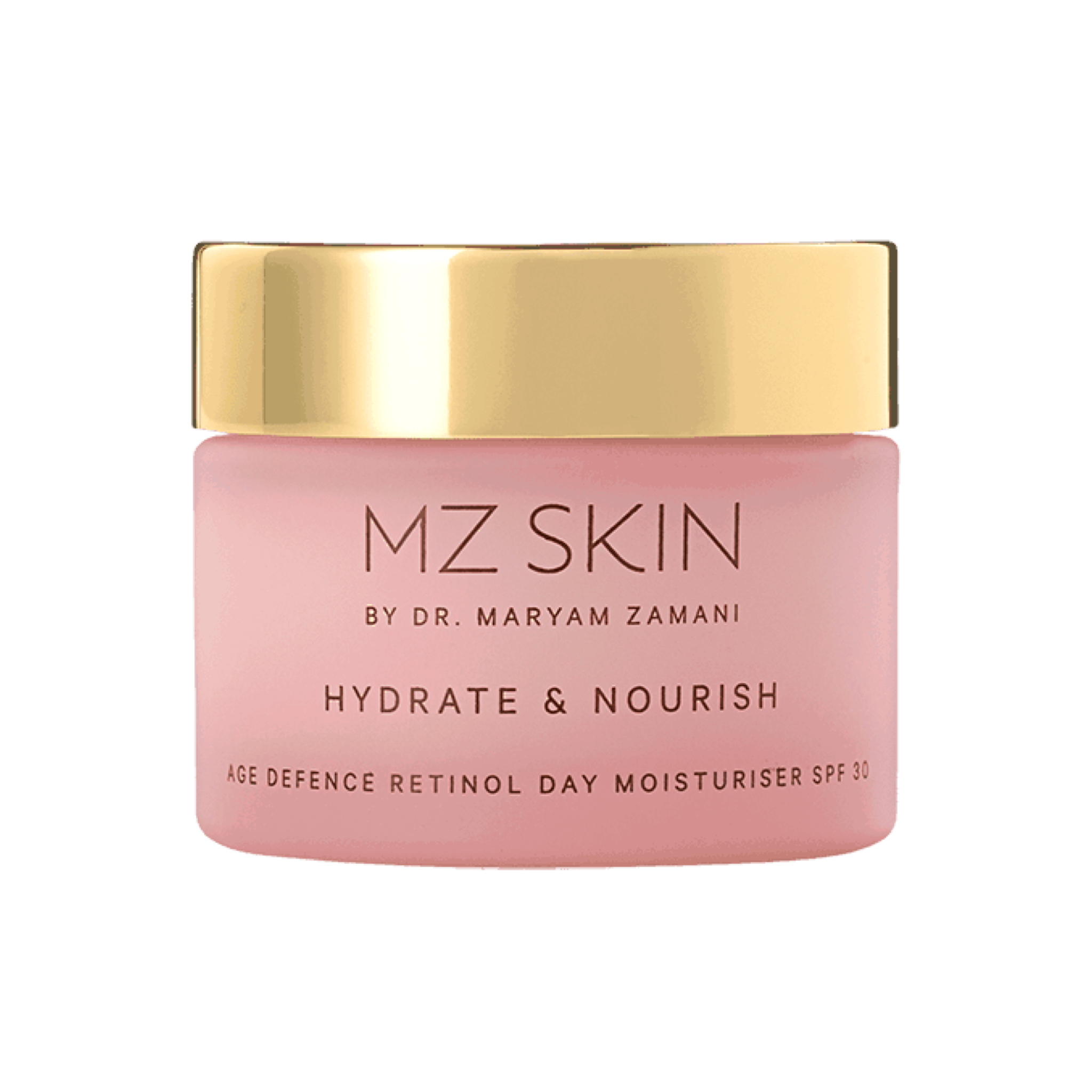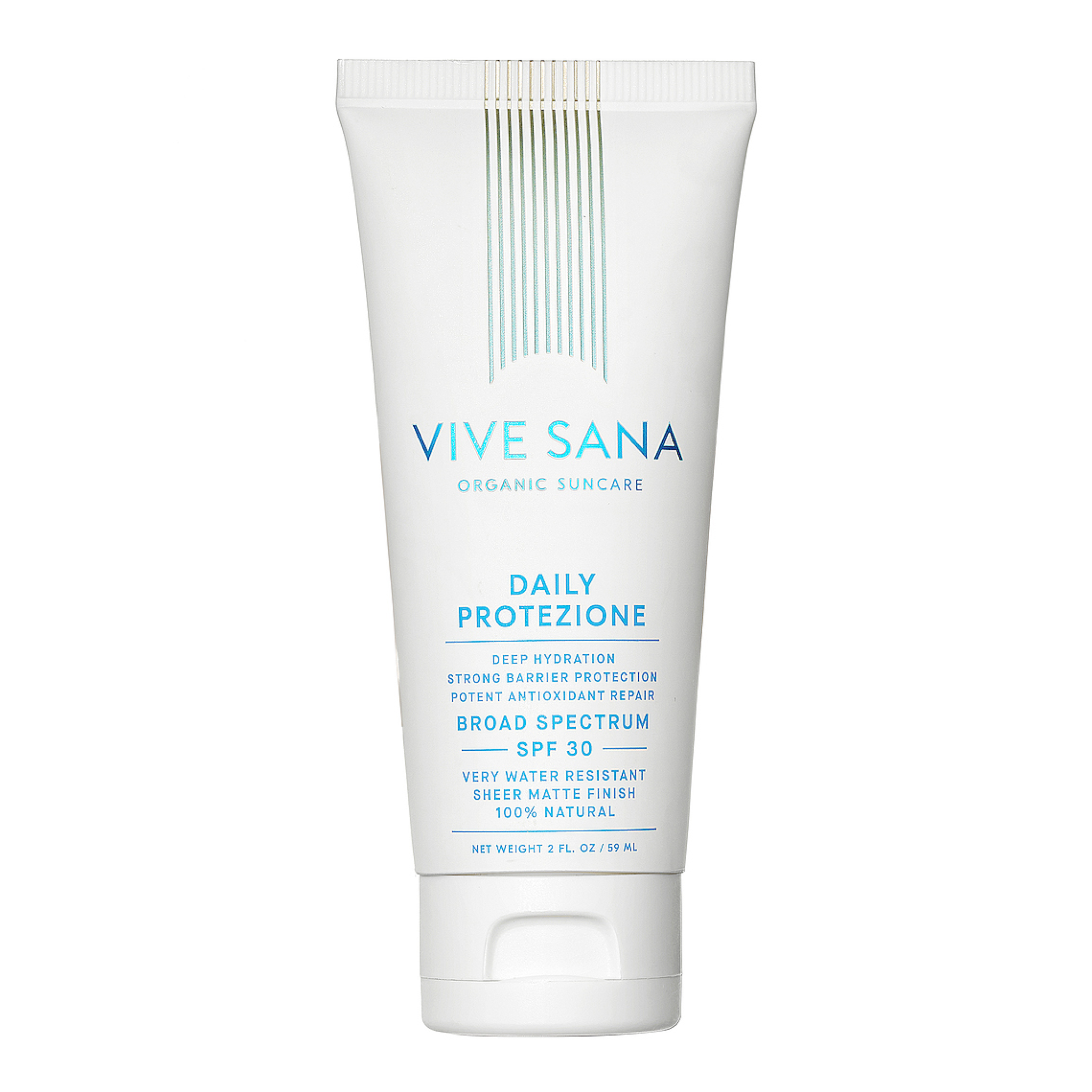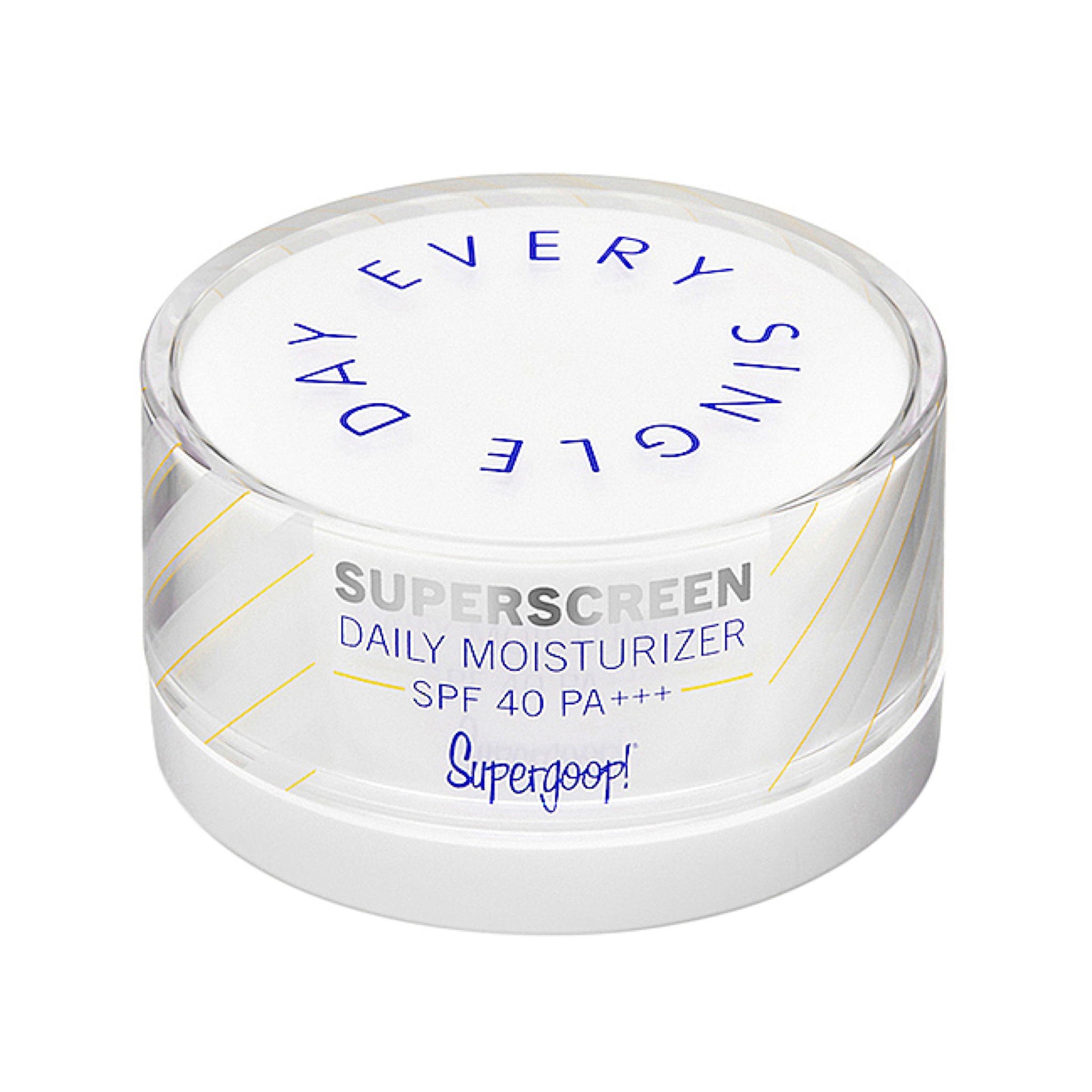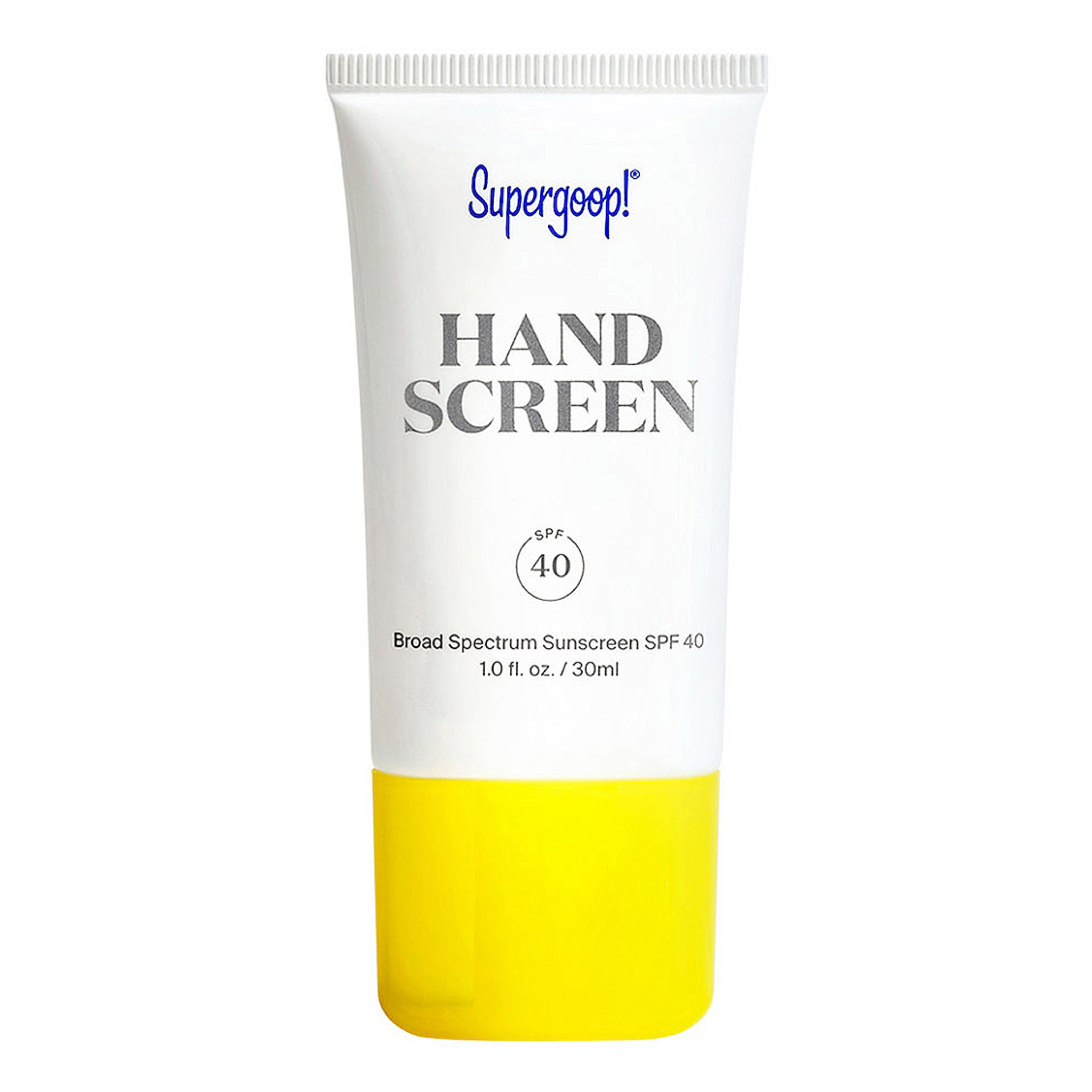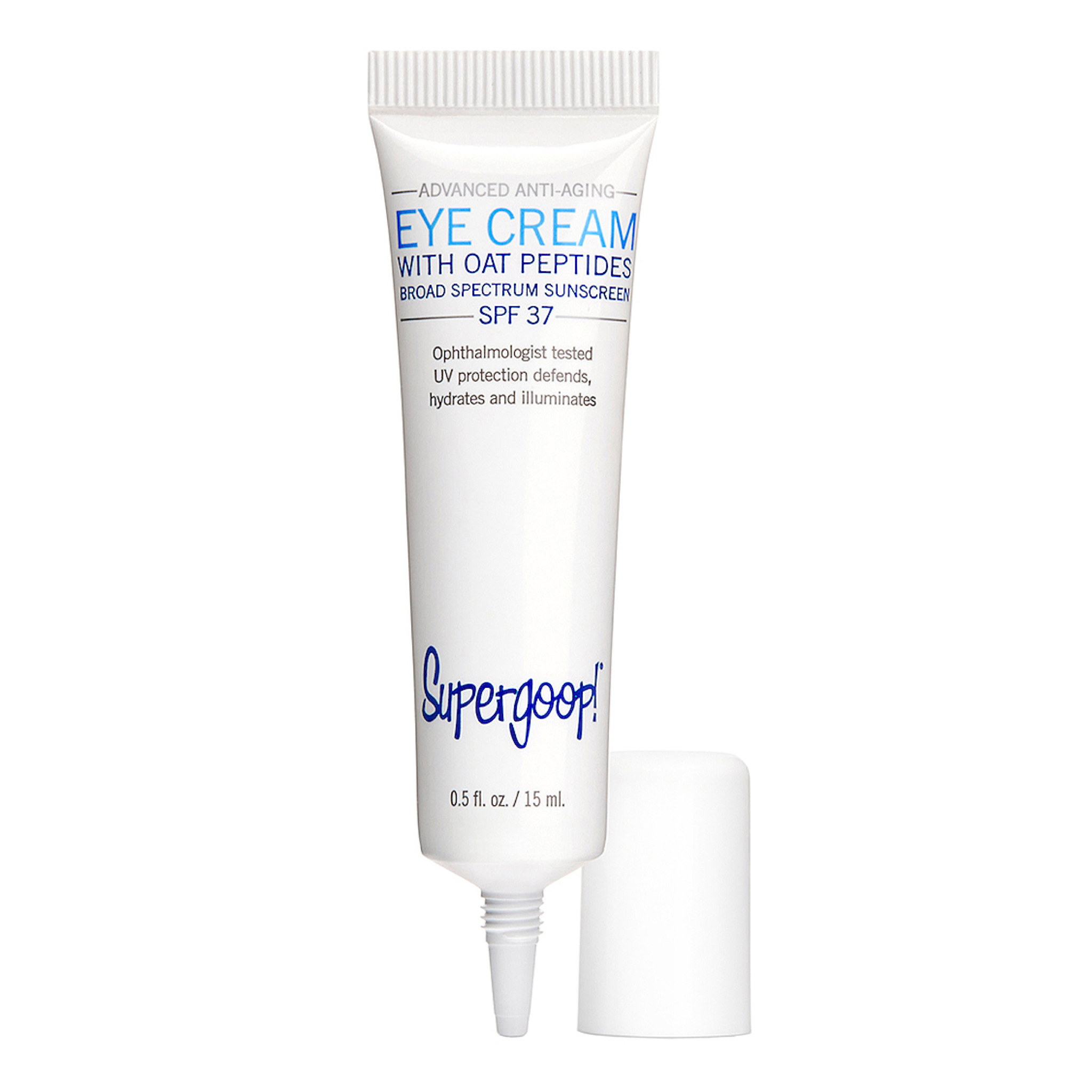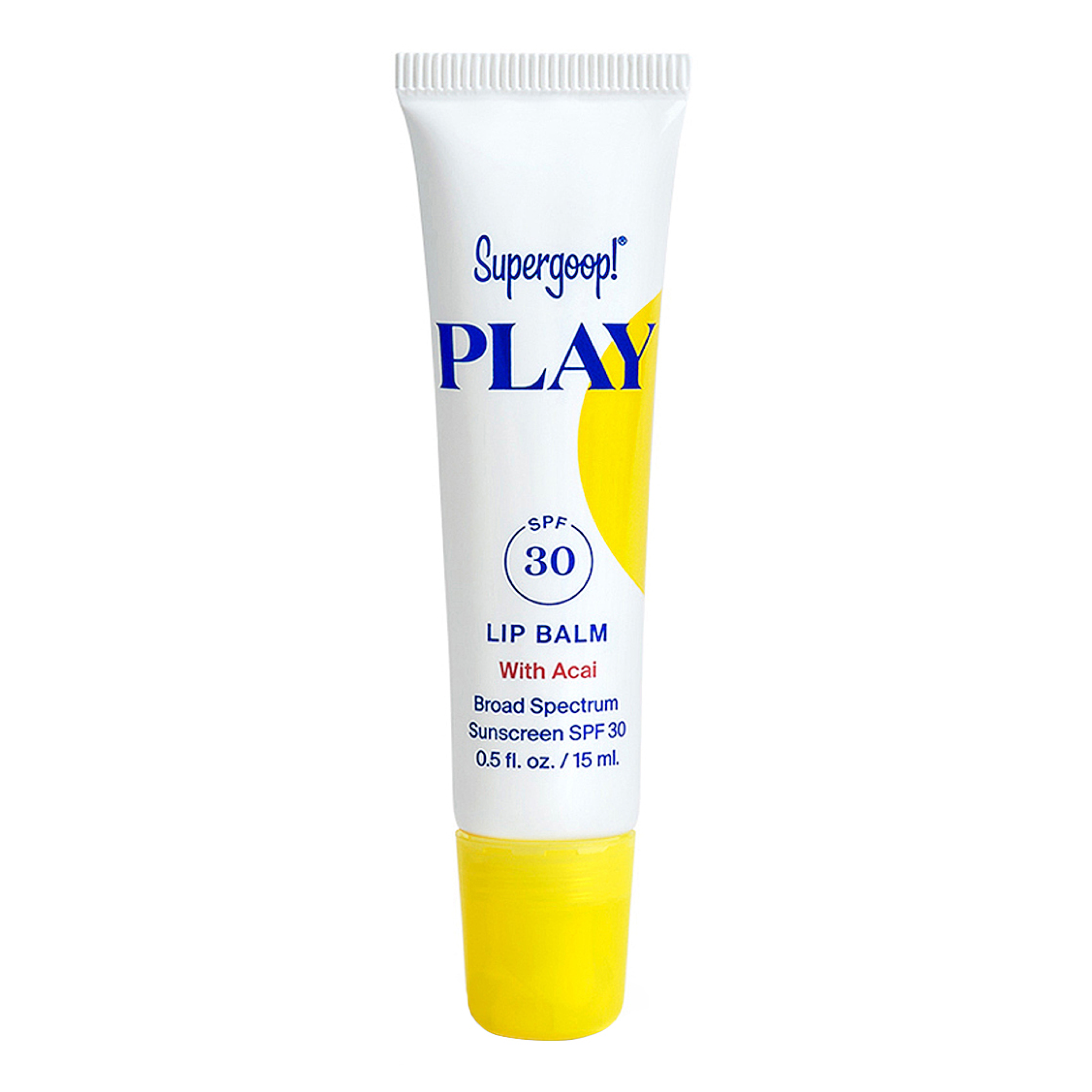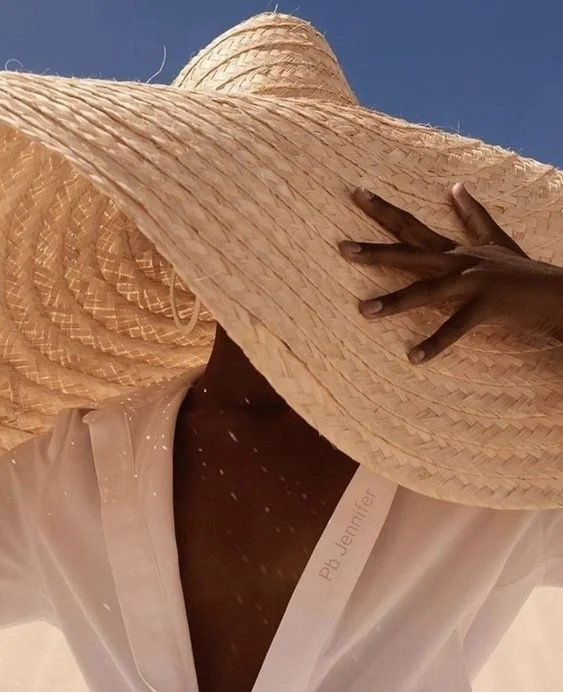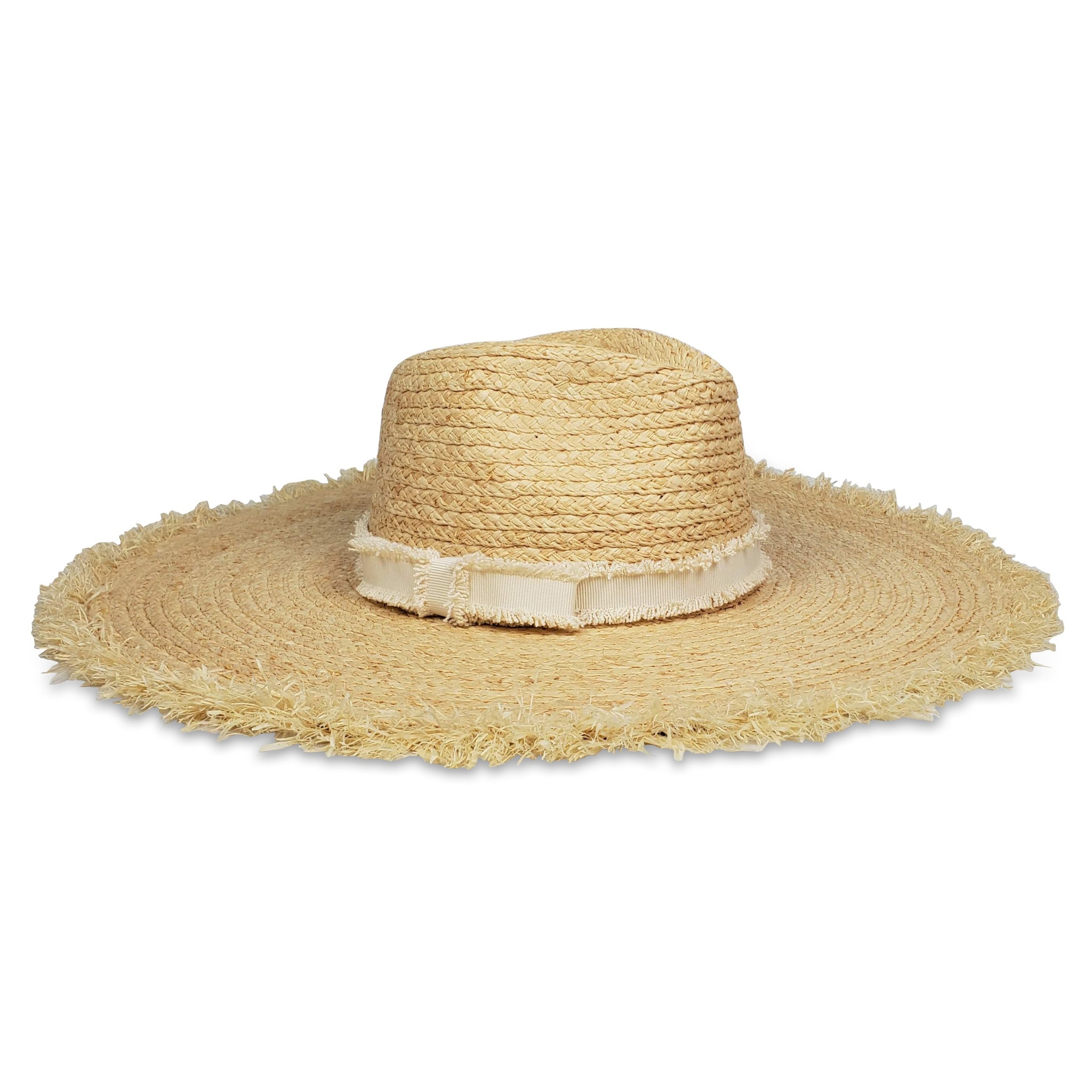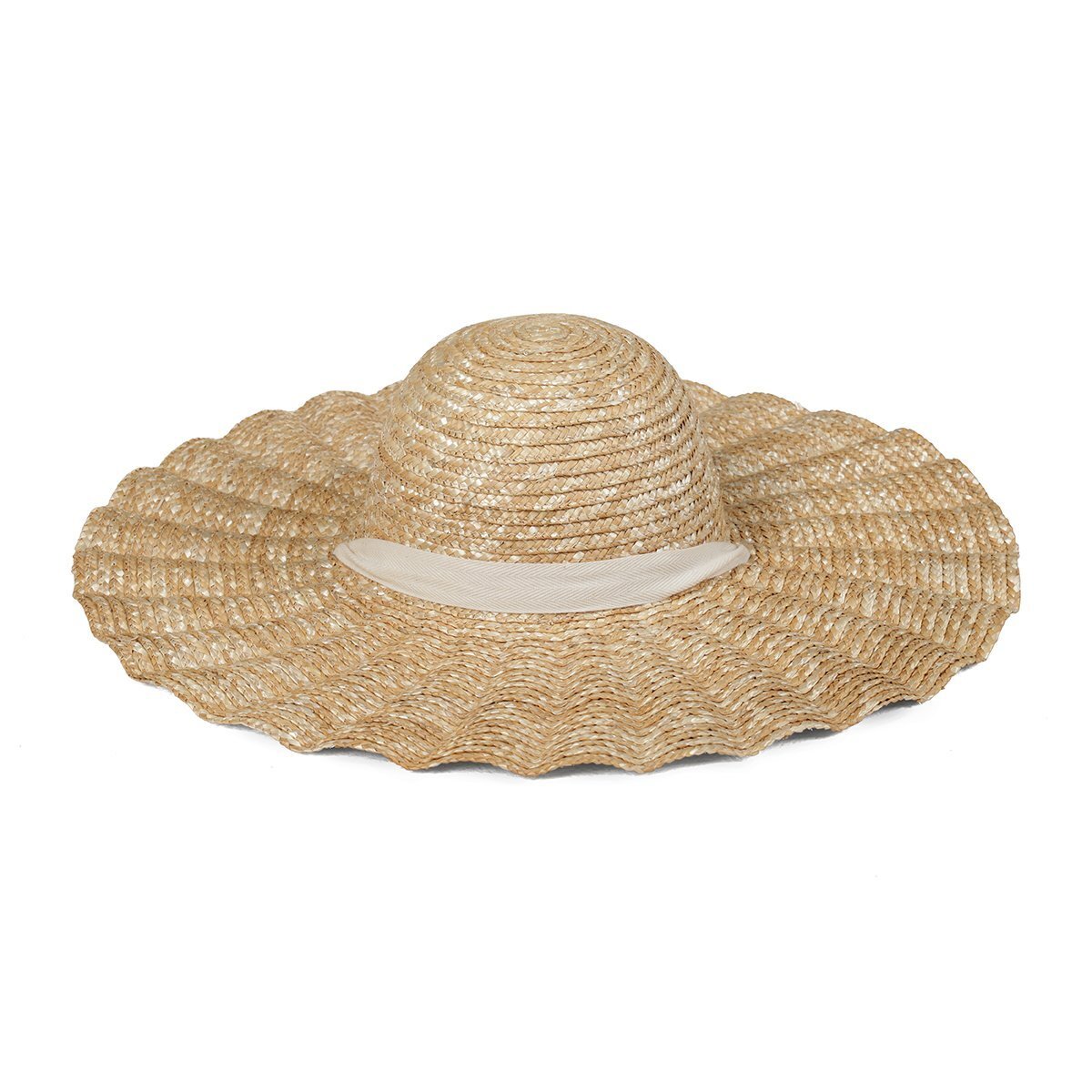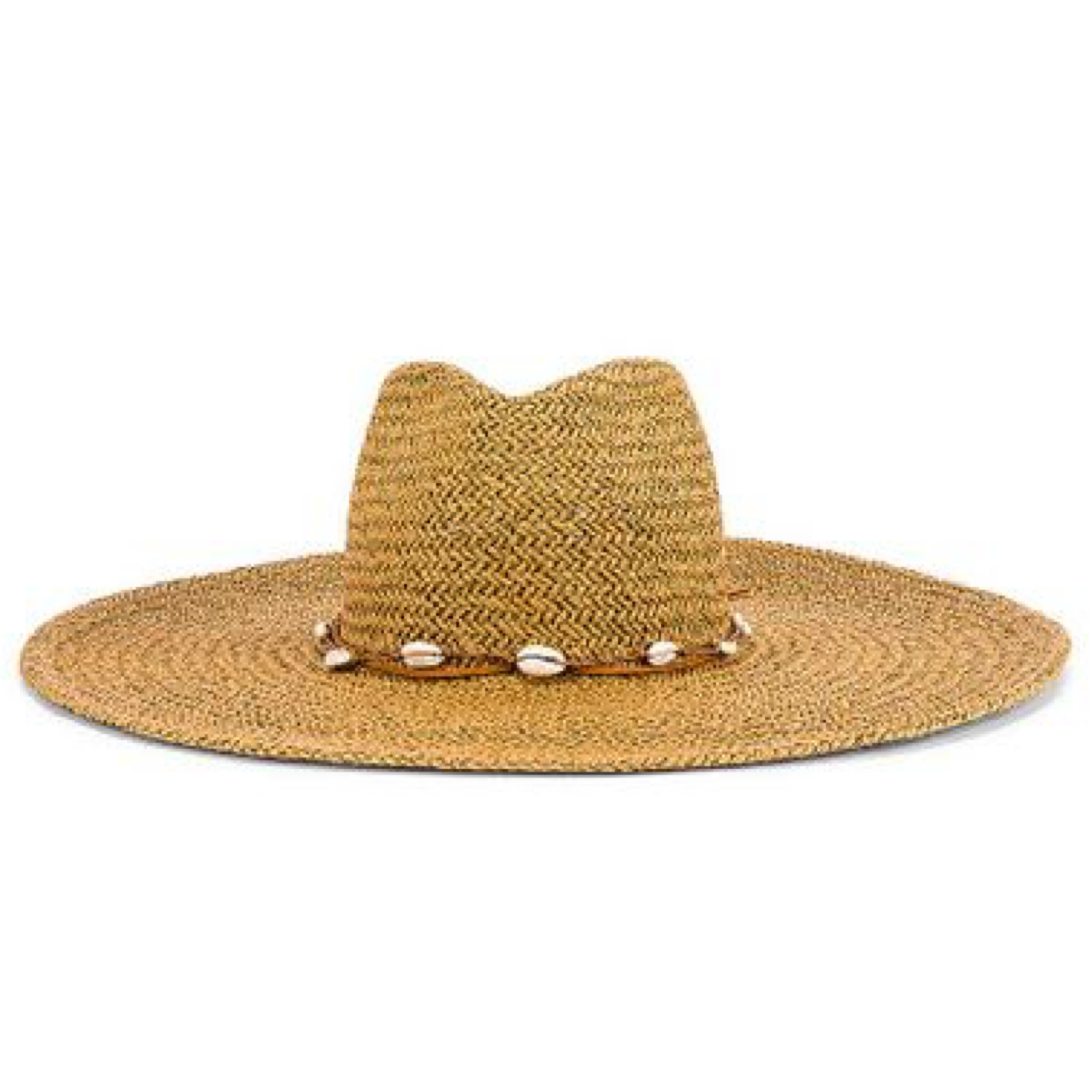The Truth About Tanning: Safe Practices and Common Myths
The allure of a sun-kissed glow can be tempting, but navigating the myths and truths of tanning is crucial for maintaining healthy skin. This guide delves into the science behind sun exposure and dispels common misconceptions. Whether you’re a sun worshipper or a shade seeker, understanding how to protect your skin is essential. Discover the role of sunscreen, the myths about skin tone, and the realities of UV exposure. Join us on this journey to achieve a radiant, healthy tan while safeguarding your skin’s wellbeing.
Sunscreen Will Prevent You From Tanning
Wrong.
Applying sunscreen will not stop your skin from tanning. Your skin darkening during and after sun exposure is a defense mechanism against ultraviolet rays, which damage your DNA and RNA. When UV rays enter your skin, your cells automatically start producing melanin, which darkens through oxidation; the more sun exposure, the more melanin. Applying sunscreen, even with the highest SPF (50+), aims to filter UV rays that contact your skin to prevent sunburn, but it doesn’t interfere with the amount of melanin your body produces.
Don’t forget that a tan might look good, but it’s not worth risking your health. Nowadays, there are amazing fake tans that look natural, healthy, and are completely safe for you.
Deeper Skin Tones Aren’t At Risk
Wrong.
Your skin tone isn’t a factor when it comes to the effects the sun has on your skin. No matter how fair or deep your skin may be, its reaction will more or less result in the same process and damage. Whether from the sun or from tanning beds, people’s skin of all ethnicities can get burnt by UV radiation.
Make sure to always protect your skin when you’re directly exposed to the sun’s rays, not only at the beach: your hands, face, and neck cream should all contain an SPF of 20 to 50+, all year long! You’ll thank us later.
Photo: Charlotte Lapalus
No Sunburn Equals No Skin Disease
Wrong.
The sun’s rays can damage your skin regardless of whether you burn or not. People with a history of sunburn may be at a higher risk of skin diseases and cancers, but all of us become at risk as soon as we expose ourselves to the sun, starting from just a few days old. When sun rays (both UVA and UVB) penetrate our skin, damage is done every single time your skin is exposed, whether it’s your hand through your windshield when driving or your full body during a day at the beach. In fact, most skin cancers start from the most exposed parts of the body: face, neck, hands, arms, and feet. We are all born with a different “sun capital,” which we may or may not run out of at any point in our lives: our skin accumulates the negative effects of the sun’s rays until it just can’t anymore because your sun capital has been reached. Your body will first show signs such as premature aging of the skin, brown spots, and thinning of the skin (watch out for your hands, neck, and face). From there, the largest organ of your body (your skin) decreases drastically in immune function, leading to pre-cancerous (actinic keratosis) and cancerous (basal cell carcinoma, squamous cell carcinoma, and melanoma) skin lesions. Whether you burn or not doesn’t change this process; a sunburn is the reaction your skin has to “clean up the mess” of too much UV penetrating your skin: your blood vessels dilate to increase blood flow and bring immune cells to the skin, thus the redness and inflammation.
This may be scary, but it doesn’t mean you shouldn’t enjoy the sun; always wear sun protection on every part of your skin that isn’t covered.
Photo: We always aim to credit photos; if this one needs crediting or removal, please contact us with the source.
Sun Tan Equals Natural Sun Screen
Wrong, wrong, wrong!
This myth needs to be debunked immediately. It’s one of the most dangerous misconceptions about tanning. No matter how deep your skin tone may be, or how tanned you already are, the biological reaction your body has when the sun’s rays penetrate your skin remains the same. There’s no such thing as a “healthy glow”; it may appear to be, but it’s only proof that your skin has been damaged. Even though your skin darkens due to the amount of melanin produced, this nice color will eventually fade away, but the damage is already done and irreparable.
Your only option to prevent your skin from damage is to use sun protection on every part of your body exposed to the sun, all year round. No matter if you live in sunny California or rainy London, sun rays always make their way, even through heavy clouds. Hats are also a great way to protect your head and face from harmful rays, so don’t be shy to get that hat you’ve been loving for the past two summers.
Photo: Pb Jennifer
Stay Sun-Smart and Share Your Tips
Embrace your natural glow by protecting your skin. Do you have any sun safety tips or favorite products? Share your experiences and tips in the comments below! Let’s help each other stay sun-smart all year round.
Photo: We always aim to credit photos; if this one needs crediting or removal, please contact us with the source.


